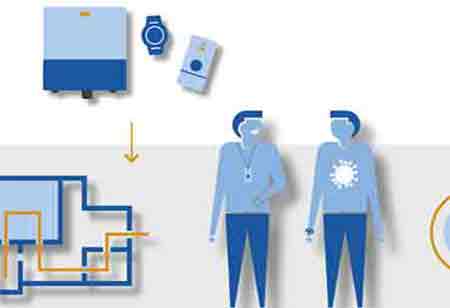Floods, cyclones, droughts, earthquakes, and landslides often emerge worldwide, and they are grounds for concern, especially given their influence on lives and livelihoods.
FREMONT, CA: Technology can convert disaster management, especially if rising technologies are properly integrated with present infrastructure. Artificial Intelligence (AI), Big Data, the Internet of Things (IoT), and blockchain have turned more refined; they can considerably enhance disaster response and comfort capabilities. When strong ideas and sophisticated gear join to make new betterments in catastrophe management, new opportunities emerge.
Besides drone technology, the following technologies are beneficial in disaster recovery:
Big data: With growing digitalization and the widespread application of smartphones across all demographics, the amount of data generated has grown at a breakneck pace. When evaluated appropriately, this data can reveal a wealth of details. This possibility has resulted in the exponential development of Big Data analytics.
This is also important in disaster management. During and after a disaster, monitoring data like social media interactions, financial transactions, and mobile phone activity can guide tracking people's activities and effectively presenting assistance.
Artificial Intelligence: AI-based algorithms can be employed in predictive analytics to forecast disasters and expedite recovery and response times. AI-powered image recognition may recognize damaged buildings, roadways, and flooding. Moreover, it can build heat maps by combining many data streams. Chatbots or voice response systems energized by artificial intelligence can also guide in managing large call volumes to emergency hotlines, bringing on more effective outcomes.
Robotics: Due to advancements in computing technology, robots are now incredibly advanced and capable of assisting and complementing human actors and rescuing animals. These can be more beneficial, especially in rugged terrain and potentially dangerous operational requirements. Robots may be able to help in saving victims' lives without endangering the lives of rescuers.
Blockchain: During relief efforts, organizations often face problems related to a deficiency of confidence, transparency, and measurability of handling activities, as well as guaranteeing that resources are spent properly. In such instances, misinformation often serves to derail efforts and produce risk. Blockchain technology can relieve some of these concerns by facilitating verifiable data's rapid capture and administration. Inventive contracting solutions can automate daily decision-making in high-pressure crisis outlines by employing the greater dependability of blockchain-encoded data. This can accelerate decision-making and mitigate pressure on overworked rescuers.

